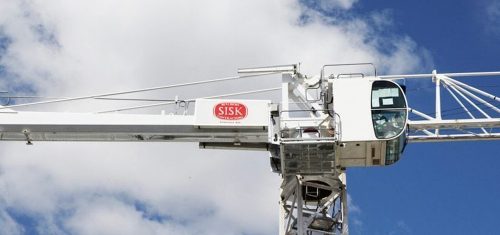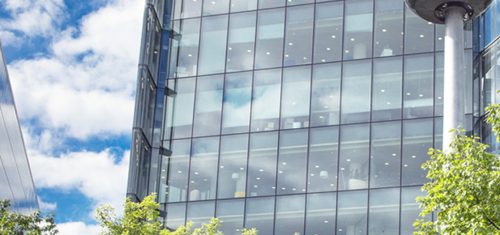Future-proofing for a rainy day should be a no-brainer. Yet the financial crisis showed that few organisations had prepared themselves for the worst before the storm struck.
While an improving global economy is bringing the hope of more sunny days, Brexit and political uncertainty are clouding the outlook, at least for the UK. Moreover, broader trends such as shifting global powers, demographics, and climate change will continue to test organisations and their ability to adapt.
When the financial health of organisations is threatened, operational inefficiencies are exposed that might have been tolerated for years simply because there was enough money. Now they can no longer be afforded, there is a desperate scramble to fix these critical issues. Often the response is a ‘patchwork’ approach, to release cash quickly, rather than more strategic change – which would not only be more sustainable in the longer term, but would have enabled the organisation to weather the storm in the first place.
If the benefits of long-term solutions are so obvious, why are we so bad at future-proofing?
In mainstream economic theory individuals are rational beings who work to maximise their long-term interests. Behavioural economics, however, has shown that people tend to focus on the immediate. We are less capable, therefore, of planning for future risks – such as an adverse change in the climate. This kind of behaviour leads to a focus on short-term gains rather than building foundations that are future-proofed to sustain financial health.
What does ‘best practice’ look like?
Not all organisations are so short-sighted, of course. A great example of best practice in future-proofing is Zara. While not immune to the retail industry’s struggles, it has been solidly outperforming its peers in this highly competitive and fickle market.
Zara’s future-proofing success stems in large part from the strength of its operations, in particular its vertically integrated supply chain and lean inventory management.
The company manages most of the design-to-sales process in-house and uses production locations close to its Spanish head office. For these and other reasons, Zara is able to rapidly replace products with new lines – achieving a concept-to-store record of just 15 days compared to the industry’s average of six months.

Zara storefront in London, UK
Source: By Aurelijus Valeiša [CC BY 2.0 (https://creativecommons.org/licenses/by/2.0)], from Wikimedia Commons
Furthermore, Zara runs lower stocks to create a sense of shortage and to market-test samples before committing to designs. It also exploits technology and real-time data to understand customer preferences before committing to products. Stores only receive limited stocks of what they need based on their inventory optimisation models.
So, although Zara’s Spanish factories have higher production costs than rivals, its approach to operations has resulted in a significant competitive advantage – a reminder that Total Cost of Ownership is much more than just price.
Zara has consistently had to discount less than its competitors while also having a lower percentage of unsold items. And it continues to push the boundaries and anticipate change, as demonstrated by its recent incorporation of augmented reality into customers’ shopping experience. [Take a look at our article on the future of cosmetics here]
Future-proofing – What can organisations do to improve?
Amid economic and political uncertainty, and looming challenges such as climate change, it is imperative that organisations plan and prepare for shocks ahead.
Turning back the clock to mend the roof before the downpour is not an option, but it is possible to benefit from our hindsight. These are the basic steps:
- Health check – run a diagnostic review of current spending and operational practice to identify key areas of risk and opportunities for improvement.
- Get your house in order – launch a transformation programme, focusing on ‘right-sizing’ the organisation, streamlining spend to achieve value for money, and enabling people to ‘do the right thing’ through improved processes and technology. Transformation programmes should balance the need for immediate savings with the longer-term gains that come from strategic change.
- Ongoing monitoring – continuous performance reviews should ensure that spending and operations are aligned to current as well as future business requirements, including risk assessments.
- Getting the most from the supply chain – this is also crucial. Organisations that effectively harness supplier innovation are better placed to transform their own operations and business.
Future-proofing requires investment. But an expert diagnostic review can help self-fund transformation, using cash released to cover the investment – whether it’s in people, processes or technology – and sustain and enhance these savings while also reducing risk.
Just because your business has weathered the squalls so far, it does not mean it will withstand a storm. The best time to inspect and repair that roof is now.
This article was originally published in Spend Matters on 4th June 2018.
About the author
Chloe Jansen is a Manager in Operations Performance at Ayming with over 6 years of consultancy experience. She is passionate about making a difference for clients by helping them become more resilient and sustainable in how they identify and drive value from their supply chains.






No Comments